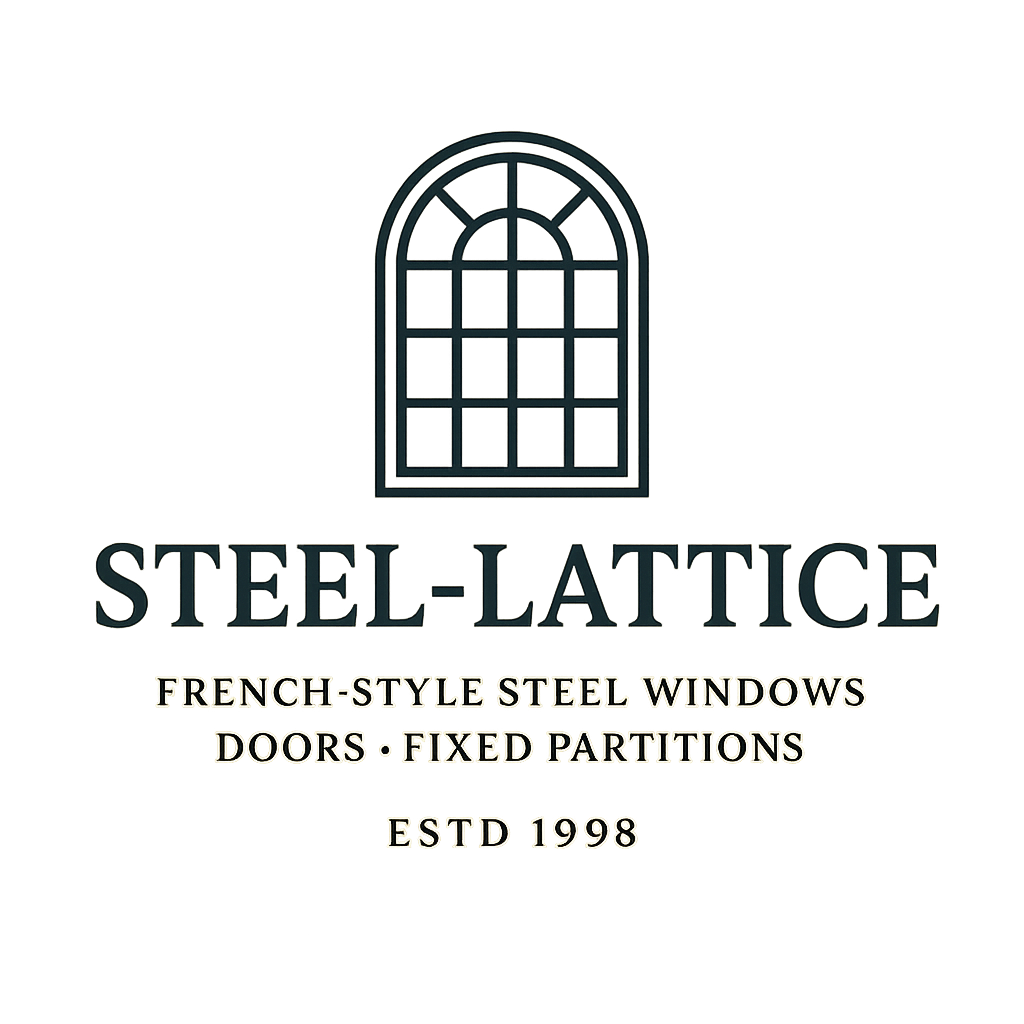
Sustainable and Smart Vintage Steel Doors and Windows
2018-09-10 19:35In an era where sustainability and smart technology dominate architectural discourse, vintage steel doors and windows are experiencing a renaissance. No longer confined to historical restorations, these fixtures are now reimagined as eco-conscious, tech-integrated solutions for contemporary living. This article explores how vintage steel designs are evolving to meet 21st-century demands, combining timeless aesthetics with cutting-edge advancements in sustainability, energy efficiency, and home automation.
1. Eco-Conscious Manufacturing: Reducing Carbon Footprints
The production of vintage steel doors and windows increasingly aligns with circular economy principles:
Recycled Steel: Up to 90% of steel used in manufacturing is recycled, drastically reducing reliance on virgin materials. Brands like Brocal and Hope’s Windows prioritize post-industrial scrap metal, which retains structural integrity while lowering embodied carbon.
Low-VOC Finishes: Water-based powder coatings replace traditional solvent-based paints, minimizing harmful emissions. Distressed finishes are achieved through mechanical abrasion rather than chemical treatments.
Local Sourcing: Regional production reduces transportation emissions, supporting localized supply chains.
2. Energy Efficiency: Bridging Aesthetics and Performance
Modern retrofits ensure vintage steel fixtures meet stringent energy codes:
Thermal Break Frames: Polyamide insulation strips are inserted between inner and outer steel layers, reducing thermal bridging. This innovation slashes heat loss by up to 60%, rivaling vinyl or wood frames.
High-Performance Glazing: Triple-pane glass with argon fills and Low-E coatings are paired with steel frames, achieving U-values as low as 0.15 W/m²K.
Airtight Seals: Magnetic or compression gaskets create weather-tight seals, preventing drafts without compromising the slim profiles of vintage designs.
3. Smart Integration: The Rise of “Stealth Tech”
Vintage steel doors and windows now seamlessly incorporate smart home technologies:
Hidden Sensors: Contact sensors embedded in frames monitor openings, syncing with home security systems via IoT platforms like Apple HomeKit or Samsung SmartThings.
Motorized Operation: Retrofitted actuators enable remote-controlled sliding or pivoting mechanisms, ideal for hard-to-reach skylights or patio doors.
Energy Harvesting: Electrochromic glass paired with steel muntins adjusts tint based on sunlight, reducing cooling loads while generating solar energy via transparent photovoltaic layers.
4. Biophilic Design: Enhancing Health and Wellbeing
Steel’s slim frames and expansive glazing align with biophilic principles, fostering connections to nature:
Maximized Daylight: Narrow sightlines allow larger glass areas, increasing natural light exposure linked to improved productivity and mood.
Indoor-Outdoor Flow: Steel French doors or folding systems dissolve boundaries between interiors and gardens, promoting mental wellbeing.
Acoustic Comfort: Laminated glass and steel’s mass dampen urban noise pollution, creating tranquil living environments.
5. Adaptive Reuse and Modularity
Vintage steel fixtures are central to adaptive reuse projects, a cornerstone of sustainable architecture:
Historic Retrofits: Energy-efficient steel replicas replace deteriorated original windows in heritage buildings, preserving façades while upgrading performance.
Prefabricated Kits: Modular steel window units enable rapid installation in tiny homes or micro-apartments, blending vintage charm with minimalist living trends.
6. Case Studies: Pioneering Projects
The Edge, Amsterdam: This retrofit of a 1980s office features steel-cased smart windows that auto-adopt tint and harvest energy, achieving a 98.4% sustainability score.
Brooklyn Brownstone Revival: A 19th-century home restored with thermally broken steel sash windows reduced heating costs by 40%, earning LEED Platinum certification.
7. Challenges and Future Directions
While innovations abound, challenges persist:
Cost Barriers: Advanced retrofits (e.g., electrochromic glass) remain premium investments, though prices are falling as tech scales.
Skill Gaps: Artisans proficient in both blacksmithing and smart tech integration are scarce, necessitating cross-disciplinary training programs.
Future trends may include:
3D-Printed Ornamentation: AI-driven designs printed in recycled steel for hyper-customizable, zero-waste detailing.
Carbon-Negative Steel: Emerging hydrogen-based steel production methods could turn windows into carbon sinks.
Vintage Meets Visionary
Vintage steel doors and windows are no longer relics of the past but dynamic components of sustainable, tech-forward architecture. By marrying heritage craftsmanship with innovations like thermal breaks, IoT connectivity, and circular manufacturing, they address urgent global challenges—climate change, urbanization, and wellbeing—without sacrificing beauty. For architects and homeowners, these fixtures offer a compelling proposition: honor history while building a smarter, greener future.
